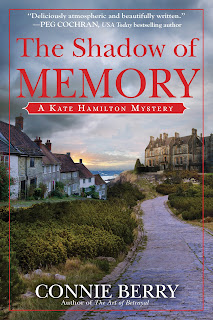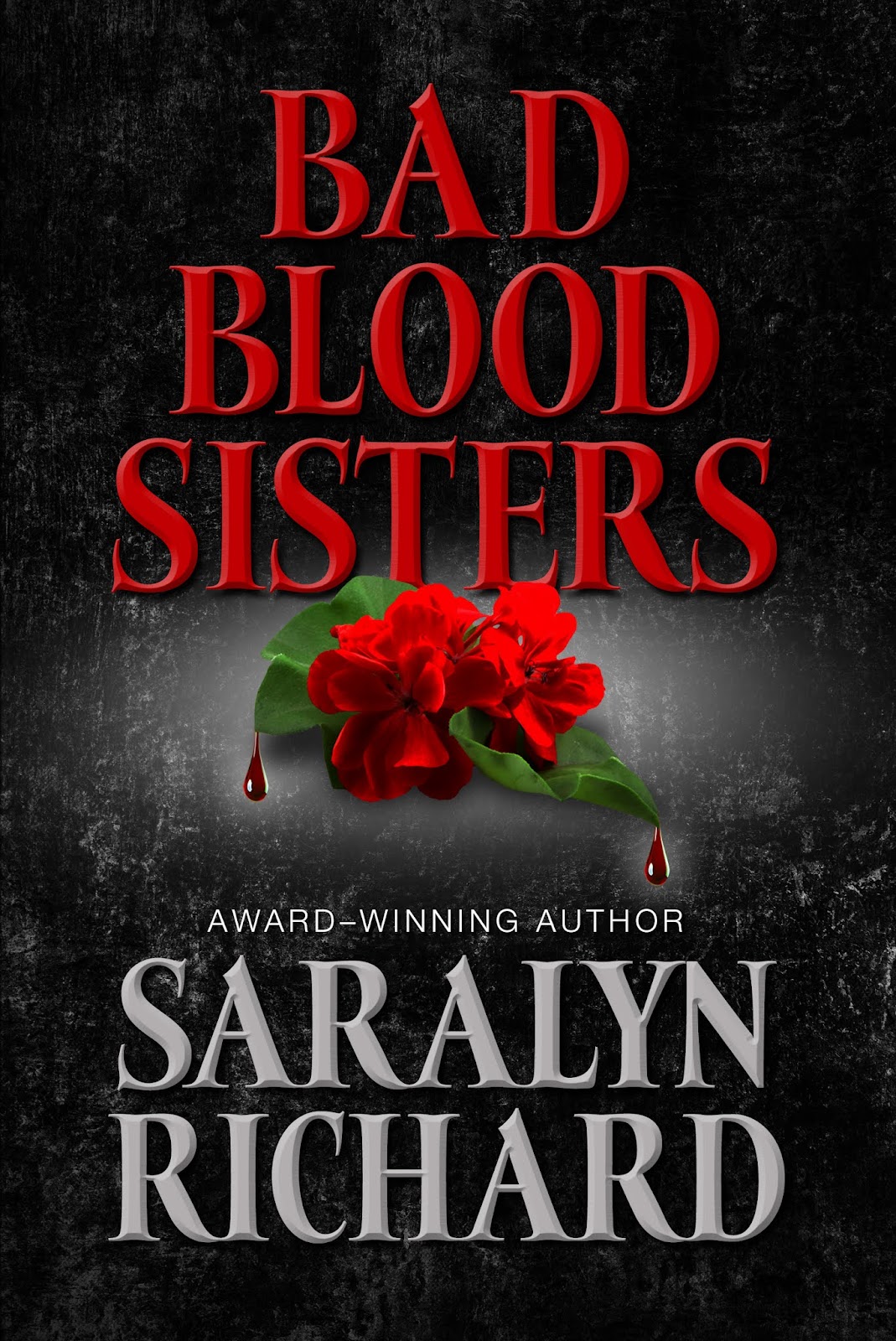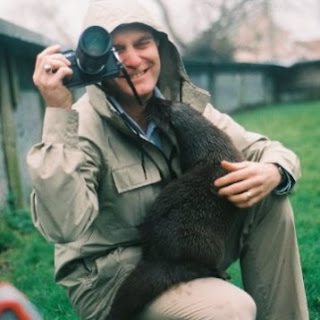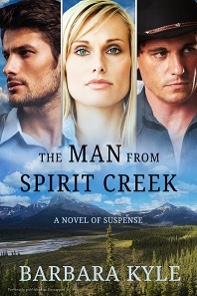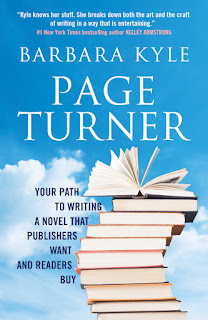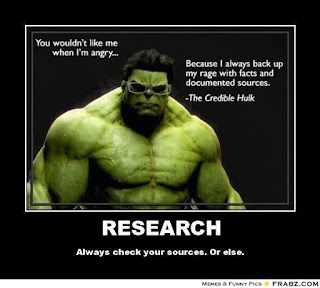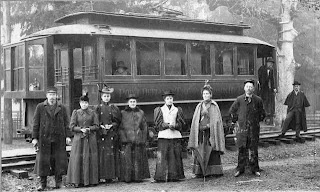Why ‘Google’ Isn’t a Synonym for ‘Research’
WHY
‘GOOGLE’ ISN’T A SYNONYM FOR ‘RESEARCH’ by Connie Berry
The quote about
Google and research belongs to author Dan Brown, who himself undoubtedly spent
days, weeks, months researching his complicated thrillers and was accused (but not
convicted) of lifting information from books, journals, and blogs written by
others which were available online. So, what was he talking about? There’s so
much information on the web. Isn’t Googling information a good way to research
a book in this day and age?
We all know research
can be a black hole, sucking up precious time while deceiving us into thinking we’re
accomplishing something. That’s one problem. The bigger problem for me is
deciding how much of that fascinating research to include in the book. Here’s
an example from my brand-new mystery, The Shadow of Memory.
When my
characters travel from one location to another, I ask questions. What kind of
terrain will they encounter at that time of year? Are there any landmarks or
unusual features that will capture their attention? Since I can’t always be in
the UK, I have Google Earth. Which leads to Wikipedia and all
sorts of
information connected with my story. While researching Vivian Bunn and Kate’s drive
from Long Barston to the fictional village of Upford, for example, I happened
upon the quaintly named “crinkle-crankle walls,” typical of East Anglia. I was
captivated.
In an early draft
of the novel, Vivian Bunn is reading to Kate about local history as they drive:
“It says there’s no market in Upford anymore,” Vivian said.
She was reading something
on my cell phone again. “Their claim to
fame is a crinkle-crankle wall running along the main north-south
road—smaller than the more famous one at Easton but just as picturesque.” She
looked up. “I’ve seen the one at Easton.”
“What does crinkle-crankle mean?”
“Let’s find out.”
She peered at my phone screen. “A crinkle-crankle wall is an unusual type of
serpentine garden wall found mostly in East Anglia and especially in Suffolk.
The walls began appearing in the seventeenth century when Dutch engineers were
draining the fens. Because of their stability, they were especially well suited
to the soggy, unstable ground. Sometimes as many as fifty bricks high, they
actually require fewer bricks than a straight wall—Really? I wouldn’t have
thought that—because a wavy wall can be built one-brick thick whereas a
straight wall needs at least two layers of bricks. The American president
Thomas Jefferson incorporated serpentine walls into the architecture of the
University of Virginia, which he founded in— Look!” She screeched so suddenly I nearly
veered off the road. “There it is.”
Sure enough—a sinuous red-brick wall
snaked along the road on our right. We were so taken by the sight, we almost
missed the turning toward the village center.
Yes, I was beguiled by my research. No,
crinkle-crankle walls had absolutely nothing to do with the story. They needed
to go. Here’s the final version:
The address we’d found for the Beaufoys—Wren
Cottage, 27 Bramble Walk—led us to
the
east side of the market town of Upford, close to the Essex border. A sinuous
red-brick
wall
snaked along the road on the right. We were so taken by the sight, we almost
missed
the
turning toward the village center.
The problem with research-by-Google is
too much information and the temptation to include it in the book. I’ve learned
my lesson. Now, when I’m tempted to chuck in that captivating bit of research,
I ask myself four questions:
1. Is this information necessary to
orient the reader in the scene?
2. Does it draw the reader in
emotionally or viscerally so she is experiencing the scene along
with the characters?
3. Does the information move the plot
forward in any way?
4. Does it reveal anything significant
about the characters?
If my answer is four “no’s,” I leave it
out.
What is the most interesting piece of
information you’ve ever found while researching a book?
Did it make it into the finished
manuscript, or did you end up cutting it out?
~ ~ ~ ~ ~


